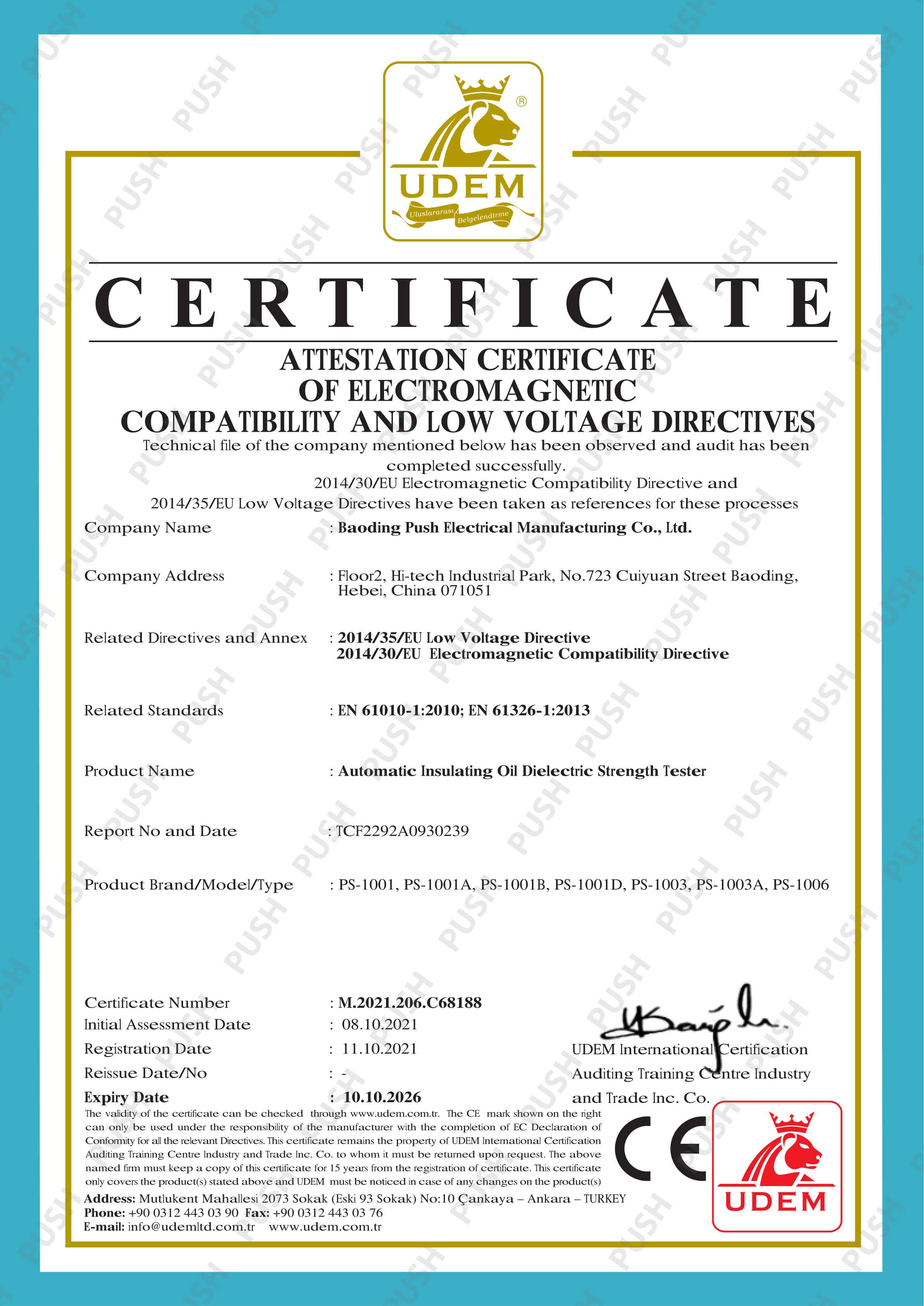 English
English


Exploring Practical Applications and Techniques in Gas Chromatography for Enhanced Analytical Results
Gas Chromatography A Practical Approach
Gas chromatography (GC) is a powerful analytical technique used for separating and analyzing compounds that can be vaporized without decomposition. It plays a vital role in various fields, including environmental monitoring, pharmaceuticals, forensics, and food safety. Understanding the practical aspects of gas chromatography is essential for both seasoned professionals and newcomers to the field.
Principles of Gas Chromatography
The fundamental principle behind gas chromatography involves the partitioning of a sample between a stationary phase and a mobile phase. The stationary phase is usually a liquid that is coated onto a solid support, while the mobile phase is an inert gas, commonly helium or nitrogen. When a sample is injected into the gas chromatograph (GC), it is vaporized and transported by the carrier gas through a column containing the stationary phase.
As the sample travels through the column, its components interact with the stationary phase at different rates, based on their affinity for it. Consequently, compounds with lower affinity elute first, followed by those with higher affinity. This separation allows for the identification and quantification of the individual components in the mixture.
Sample Preparation
Proper sample preparation is crucial for obtaining reliable results in gas chromatography. Samples can come in various forms liquids, gases, or solids. Each requires specific preparation techniques. For instance, liquid samples may be analyzed directly, while solid samples generally need to be extracted or dissolved in a suitable solvent. Additionally, the purity of the sample should be ensured to avoid interference during analysis.
Instrumentation
A typical gas chromatography setup consists of several key components
1. Injector This is where the sample is introduced into the system. It must provide a controlled and reproducible injection of a precise volume of the sample.
2. Separation Column The heart of the GC, where the actual separation occurs. Columns can vary in length, diameter, and type of stationary phase depending on the specific application.
gas chromatography practical

3. Detector After separation, the components of the sample reach the detector, which measures the quantity of each compound as it elutes from the column. Common detectors include Flame Ionization Detectors (FID), Thermal Conductivity Detectors (TCD), and Mass Spectrometers (MS).
4. Data System Modern GC systems are equipped with sophisticated data acquisition and processing software that enables the analysis of the chromatograms generated by the detector.
Method Development
Developing a robust GC method involves several steps
1. Choosing the Right Column The choice of stationary phase is critical. Different phases interact differently with various compounds, affecting separation efficiency.
2. Optimization of Analytical Conditions Parameters such as temperature, flow rate of the carrier gas, and injection volume must be carefully optimized. Temperature programming can also be employed to improve separation of volatile or complex mixtures.
3. Validation It is essential to validate the method to ensure its reliability, accuracy, and precision across the intended application range. This can involve running standards and checking for repeatability.
Applications of Gas Chromatography
Gas chromatography is widely used across various industries. In environmental science, GC is employed to detect pollutants in air, soil, and water samples. The pharmaceutical industry utilizes GC for quality control and the analysis of drug formulations. In forensics, GC is indispensable for analyzing substances like drugs and toxins in biological samples.
Conclusion
Gas chromatography stands out as an invaluable tool in analytical chemistry. Its versatility, sensitivity, and efficiency make it a go-to method for the separation and analysis of volatile compounds. A practical understanding of the instrument’s operation, sample preparation, and method development is essential for gaining accurate and reproducible results. With continuous advancements in technology, the future of gas chromatography promises to enhance its capabilities and broaden its applications even further.
-
Differences between open cup flash point tester and closed cup flash point testerNewsOct.31,2024
-
The Reliable Load Tap ChangerNewsOct.23,2024
-
The Essential Guide to Hipot TestersNewsOct.23,2024
-
The Digital Insulation TesterNewsOct.23,2024
-
The Best Earth Loop Impedance Tester for SaleNewsOct.23,2024
-
Tan Delta Tester--The Essential Tool for Electrical Insulation TestingNewsOct.23,2024





